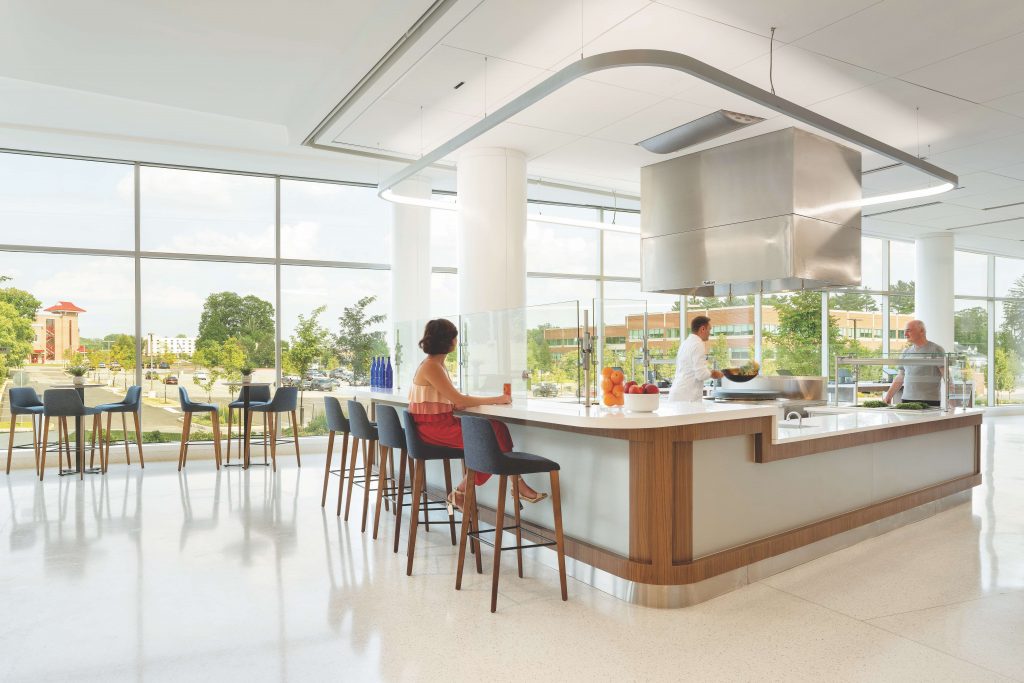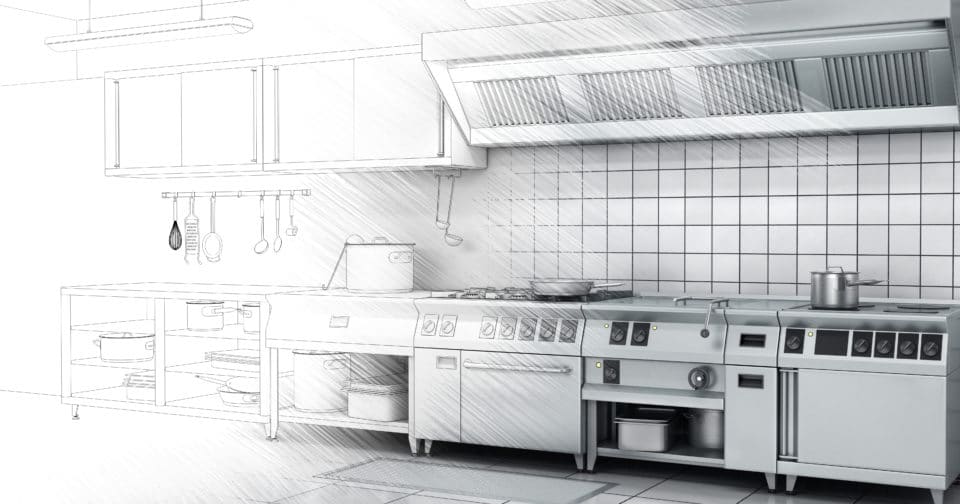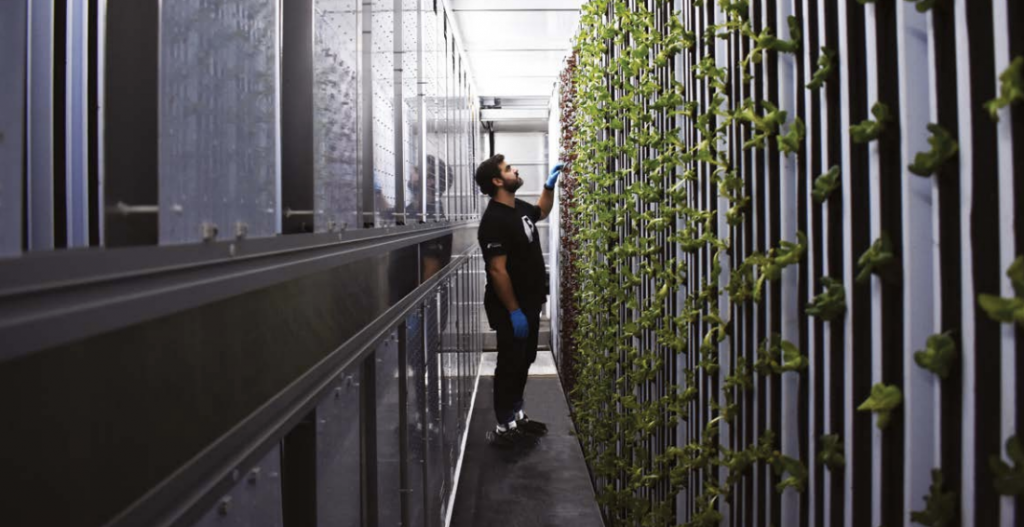
How will you explain to your client that you understand what they have been imagining for their new project? How do you build the close rapport with the client that is needed to develop an effective and complete brief that will ensure the project succeeds?
I once had a project to develop the brief for the green room of a major theatre company. Developed all the numbers, throughputs, staffing, spatials and deliverables, etc, and presented it to the client. I was expecting to be quizzed on the detail but instead there was a few moments of silence and then she put the report down and said: “it’s pretty boring isn’t it, why don’t you tell me a story?”
And she was right; the numbers told her nothing about the vision or how the facility would be used and by whom. It did not show that we understood the culture and the needs of the client stakeholders or how we would deliver a meaningful user experience.
Convey the wisdom
By starting the process of designing a kitchen or foodservice facility or in fact anything with a story, it can convey the vision without undue influence on the design. This means that during the initial stages of developing the design, the ideation stage, a well-crafted story can convey all the required and desired interactions without unduly limiting the designer’s imagination and even stimulating innovative solutions.
An effective story will provide a framework for the understanding of the conclusion of the project. In many cases you will have to help the client to frame the story and their vision for the conclusion.
To build a story for a successful project you will have to imagine the future: on the day of opening, who are the players, the staff who will make it work; describe them and then imagine who are the audience, the customers: what will they expect: what will make them feel positive about their experience? The story becomes as much an emotional and cultural requirements document as it does a functional brief.
For the designer there are many other benefits to starting the brief with a story. The process of storytelling can identify contradictions. The simple act of clearly defining the users journey through the day forces the author to resolve these contradictions and omissions in the requirements. When hearing the story we can begin to see the missing details that can impact on the physical form of the design. Once the design process has started it can be expensive in time and wasted energy to discover unanticipated factors that can result in expensive redesign.
Stimulate new thinking
The story will describe a vision for the future unencumbered by data and technical constraints from the past and in doing so can stimulate new thinking and ideas that may be disruptive and even challenge the client’s previous success. But if your client and their stakeholders understand where you are going they will be able to help you get there and in the long run their buy-in will ensure they make it their own which will be a significant benefit at the handover of the project.
It may even come as a surprise that when you define a project with a narrative you will discover the element of time as a fourth dimension in your design thinking which can stimulate the concept of the flexibility of space utilisation as part of the resolution of the overall design.
As with any story the plot has to be believable and if you, the design consultant, have to suspend your disbelief before you even start on the journey, it is highly probable that you will not be able to satisfy the client’s expectations. The story has to be communicated in such a way that, not only the client stakeholders, but every design team member and maybe even a 6-year-old, can understand and react positively.
Tim Smallwood FFCSI




